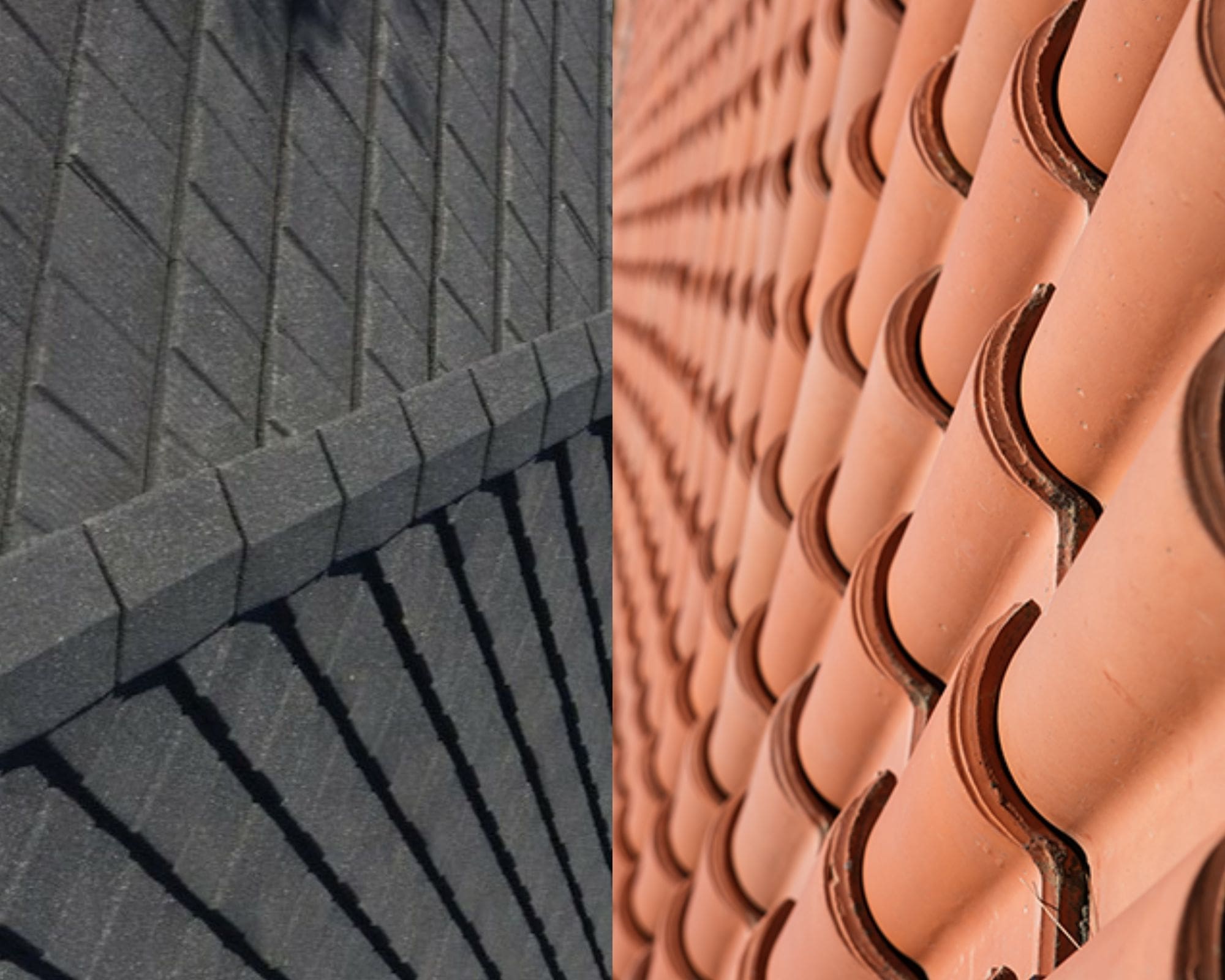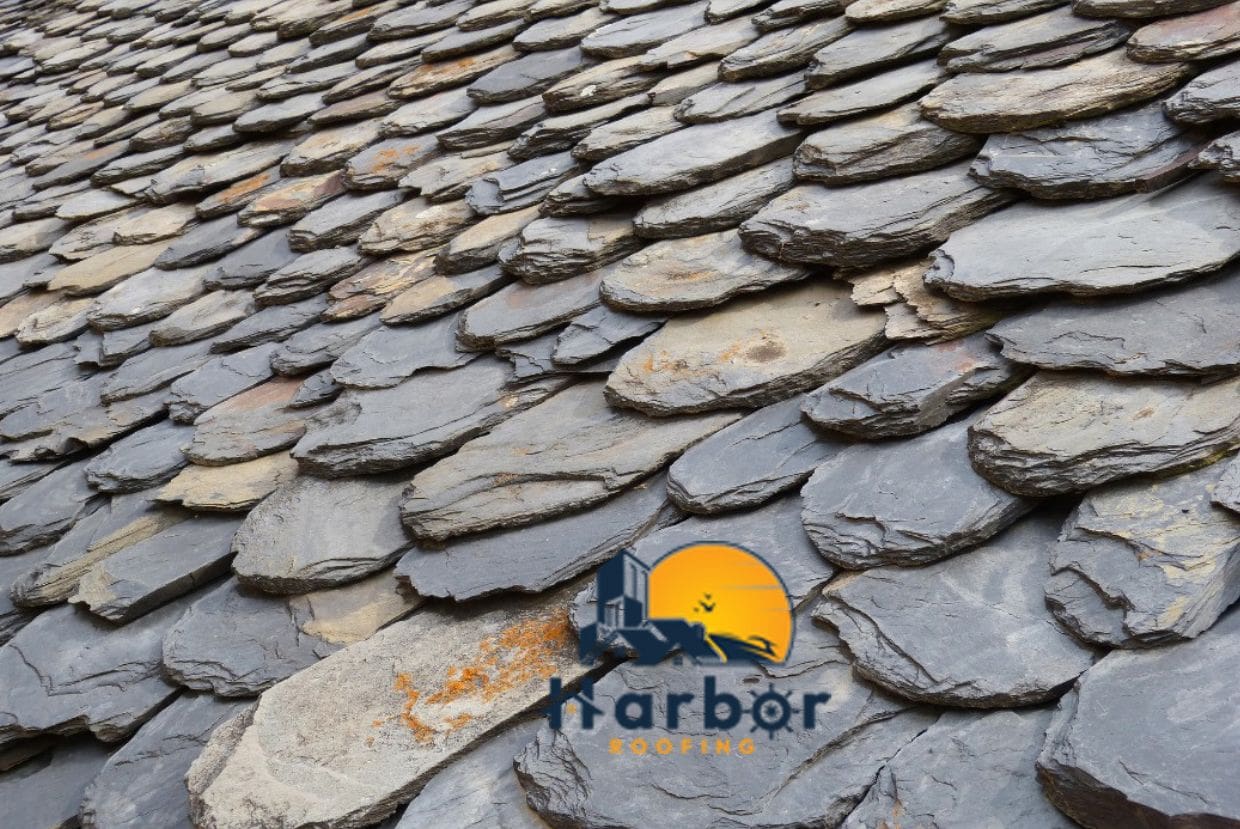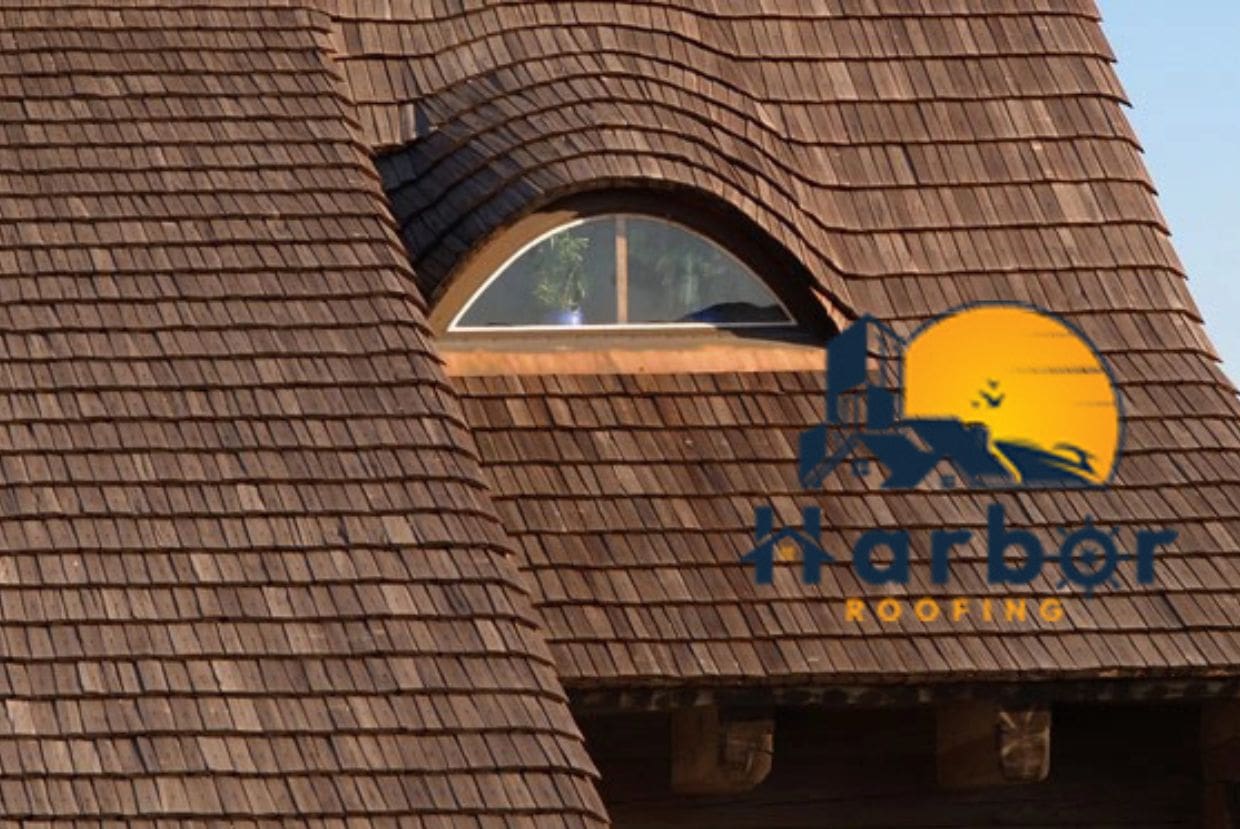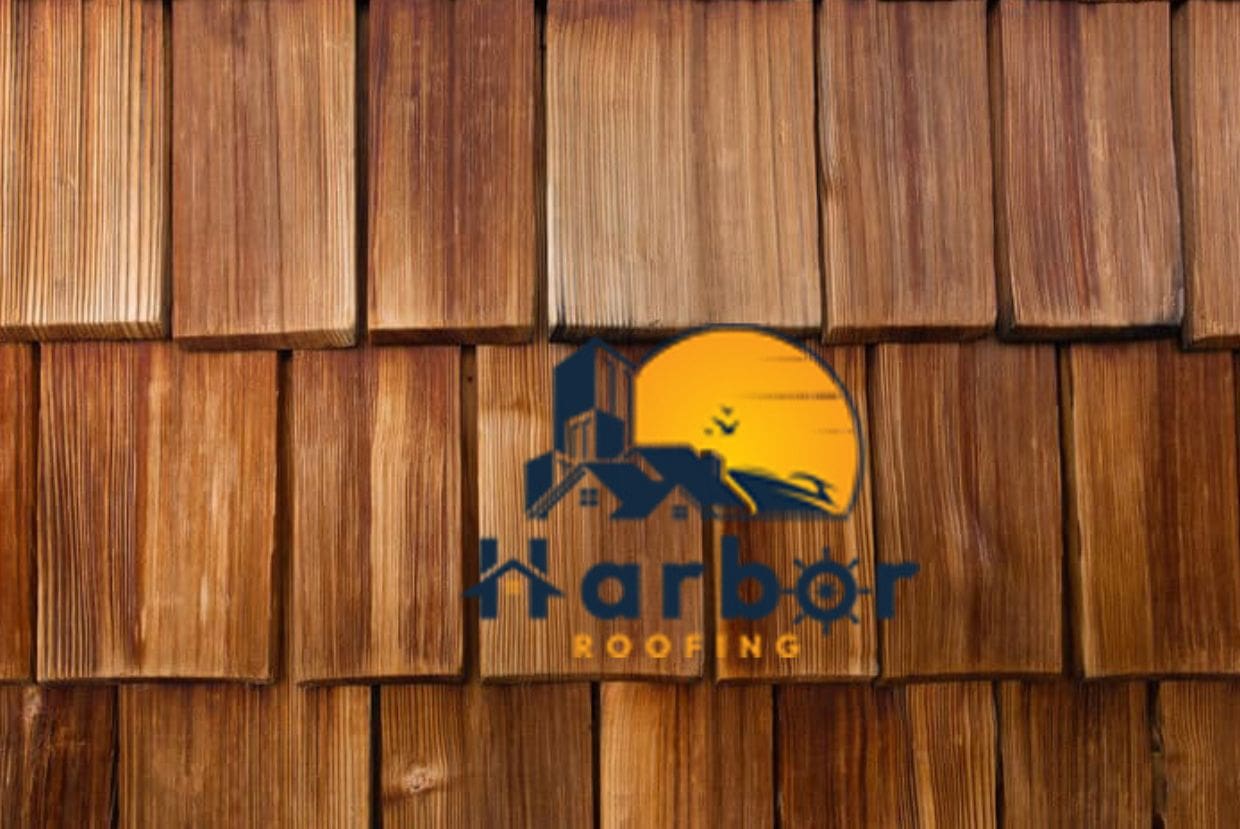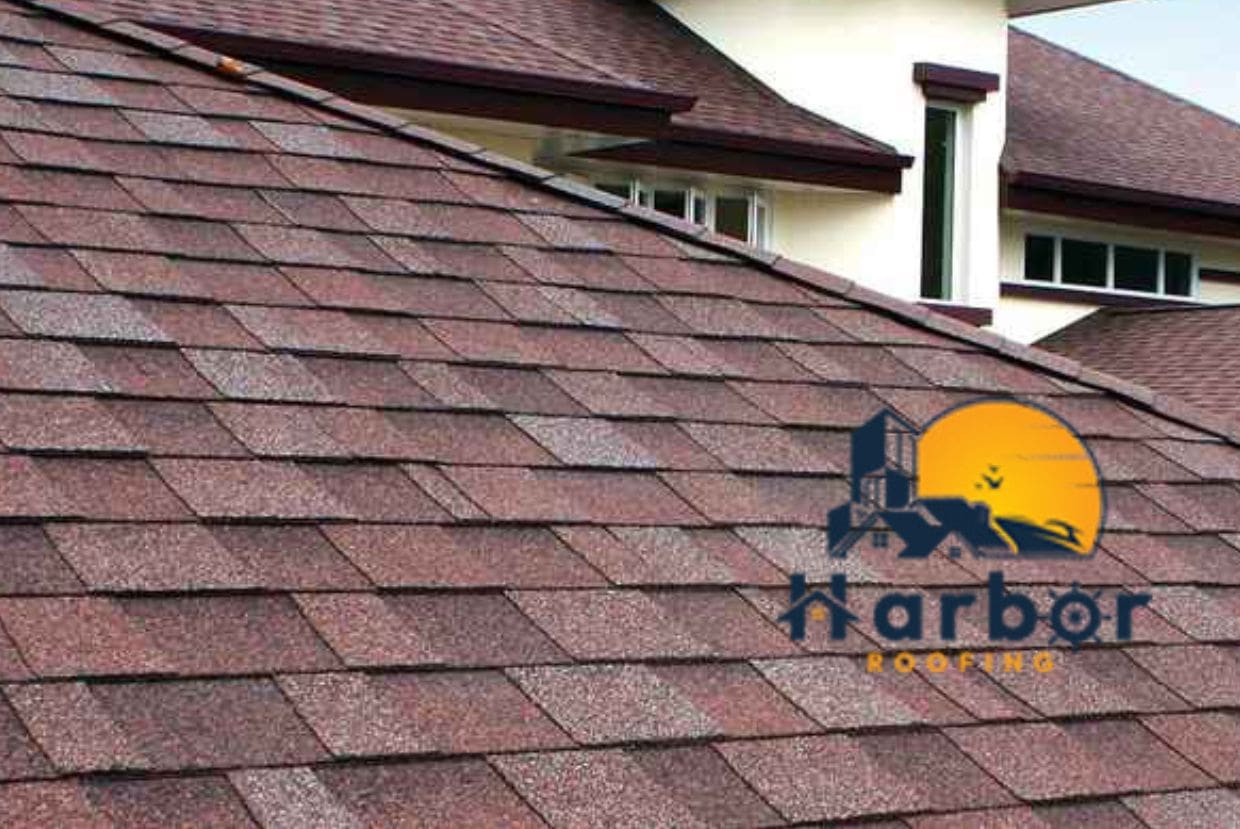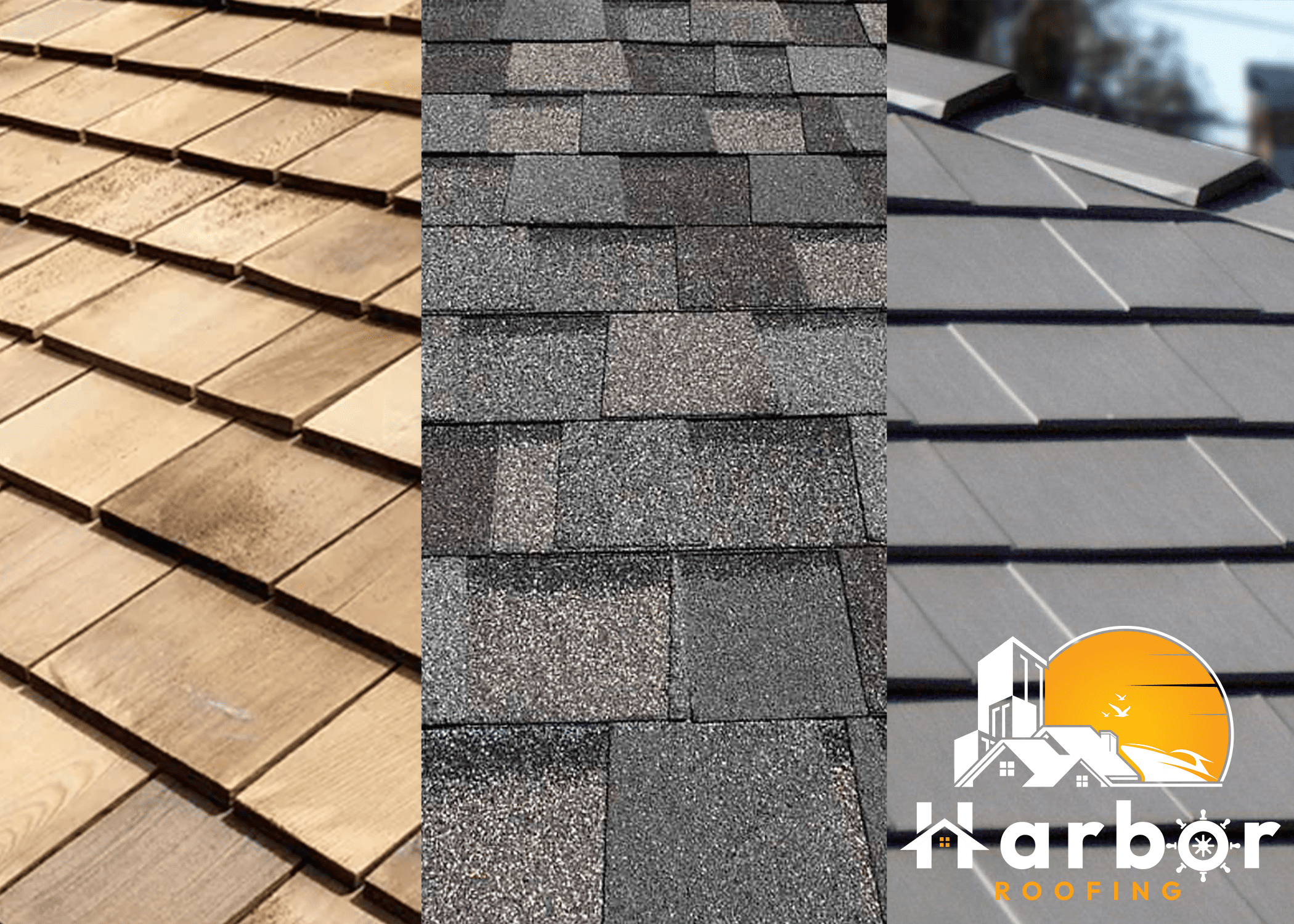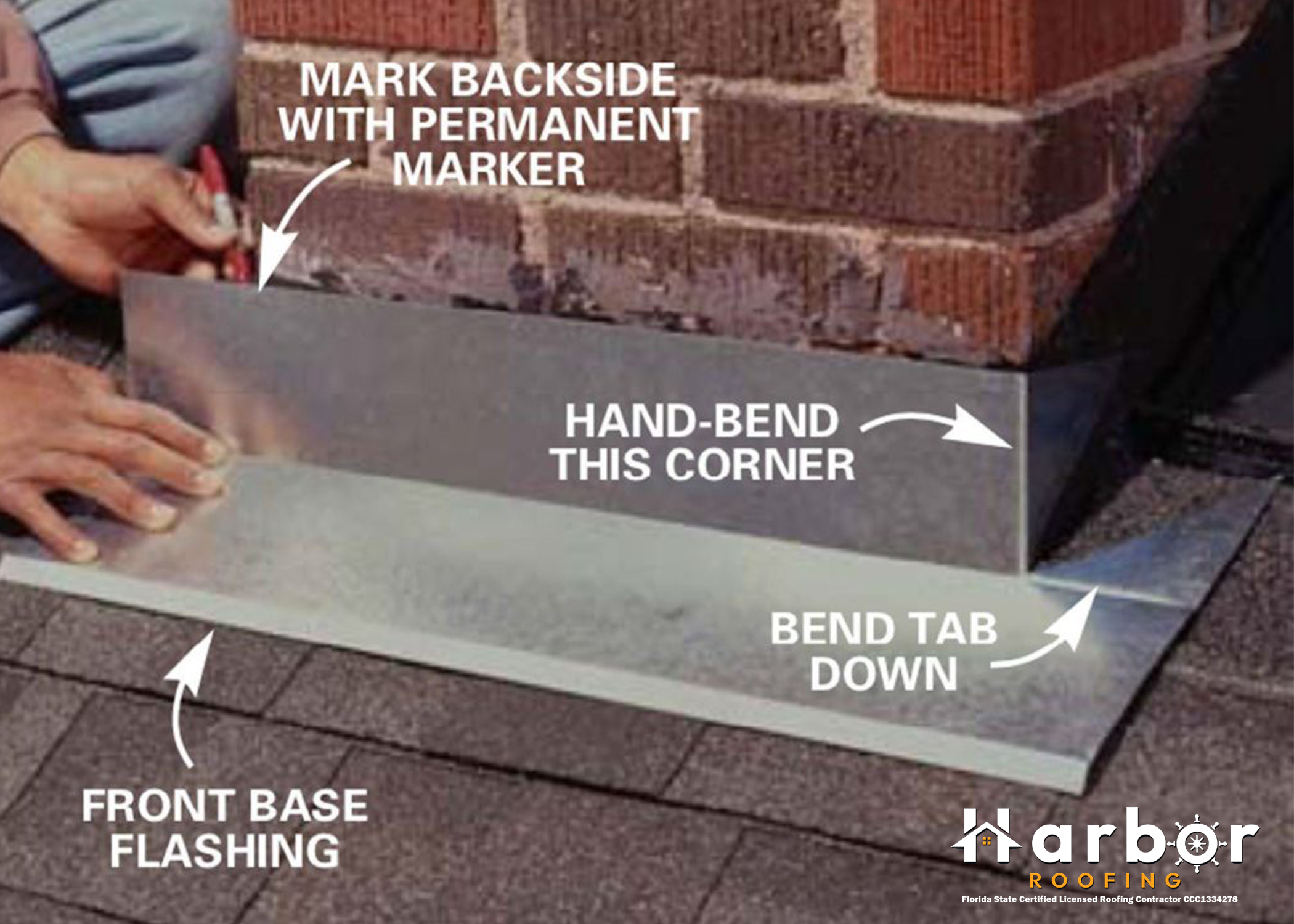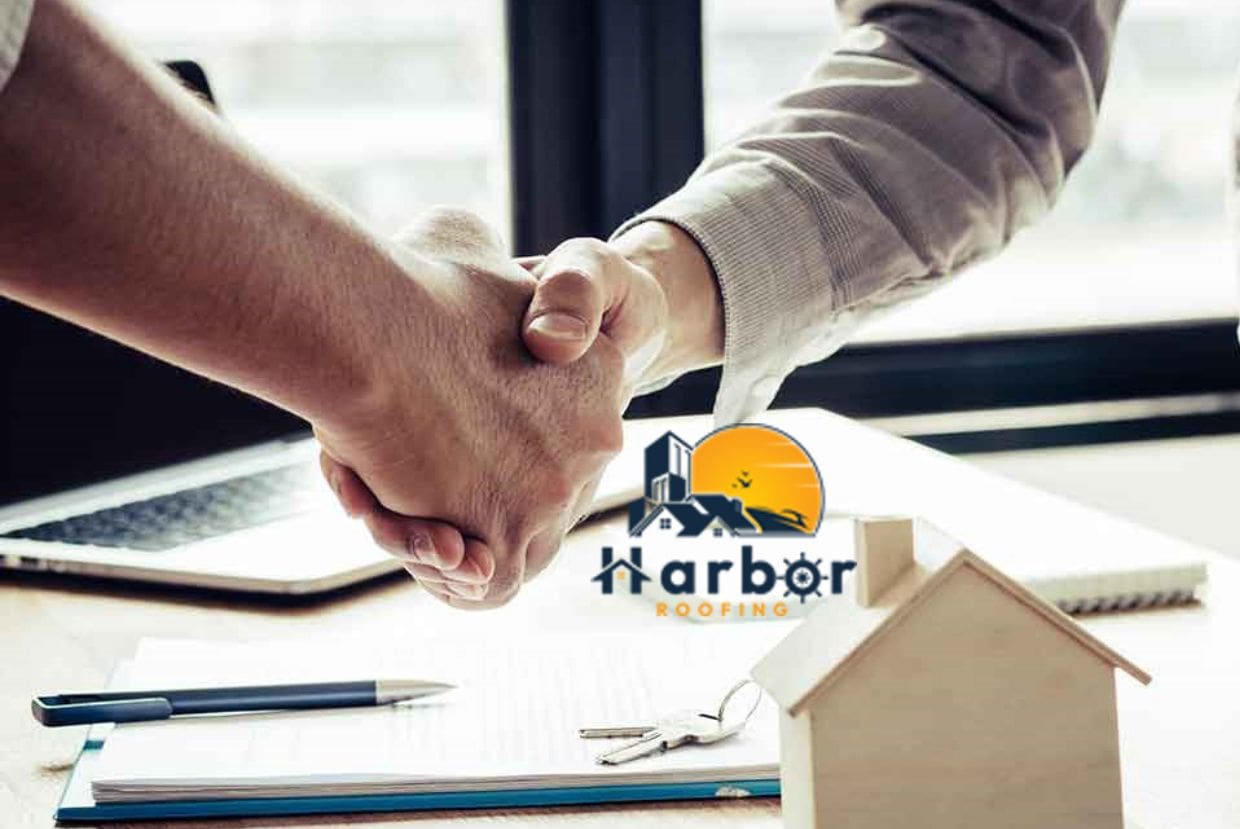For ages, the alternatives for roofing were limited. People had to utilize clay roofing if they desired a roof with barrel tiles. Many homeowners are now switching to stone-coated metal roofing from clay tile, which requires high maintenance. You want to know why? You’ll find out soon.
Stone-Coated Metal Roof Vs. Clay Tile Roof
Clay tile roofs have a rich history and have been around since 10,000 B.C. European settlers brought clay tile roofs to the United States in the 1600s, and they became quite fashionable in the mid-1800s when Mediterranean and Spanish-style architecture gained prominence.
In the past, people used clay tile as a roofing material a lot. It was much more durable and fire-resistant than wood, and it had a look that neither hardwood shakes nor flat asphalt shingles could match.
That changed with the development of roll-formers and metal presses. These days, metal roofs are comparable to clay tiles and provide homeowners with unique benefits.
While maintaining the same visual appeal as clay tile roofing, metal roofing gives homeowners the superior strength that only metal can deliver.
So, if you like the traditional clay tile look but also want a stronger, more durable, and low-maintenance roof, what you need is a metal roof.
What Is Stone-Coated Metal Roofing?
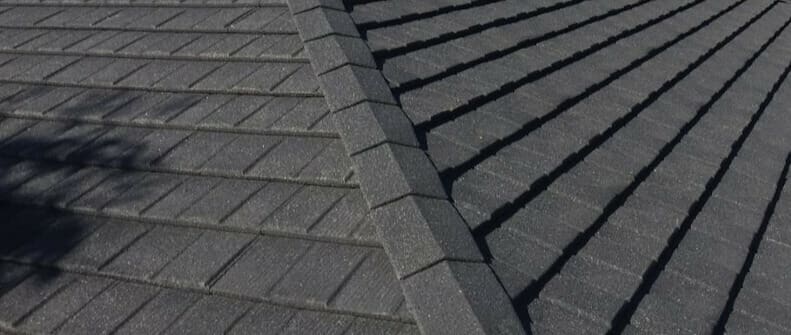
How does stone-coated metal roofing differ from conventional roofing materials like metal and shingles? For homes, metal roofing is a strong, long-lasting, low-maintenance choice. It can occasionally last for 40–70 years with relatively little upkeep. However, metal roofing isn’t the most aesthetically pleasing material available; it may appear a little sterile and industrial.
Because they are warmer than metal, people usually regard shingles as more beautiful and homely. However, they do not endure as long and break down quickly; their life expectancy is closer to 20 years. Stone-coated metal roofing combines the best of both materials.
Stone-coated roofs consist of paint- and stone-granule-coated metal shingles. They resemble traditional shingles in style and longevity but require less upkeep than metal roofs.
Advantages
- Durability: Stone-coated metal roofing has warranties of more than 40 years. Some manufacturers even offer lifetime warranties. As a result, you won’t have to be concerned about shingle roof issues like warping, curling, or cracking
- Resistant to strong winds: Strong winds are also not a problem for this type of roof because of the way it locks together. Tests, including wind speeds between 120 and 170 mph, revealed that the stone-coated metal roofing remained intact.
- Requires low maintenance: The fact that stone-coated roofs require very minimal upkeep is one of their most attractive features. Any homeowner can attest to the value of this. You can devote more time to the things that really matter to you when you are not concerned about fixing your roof.
- Lightweight: The stone-coated metal roofing weighs less than two pounds per square foot. Tile can weigh anywhere from 8 to 12 pounds per square foot, whereas asphalt shingles typically weigh between 2.3 and 4.5 pounds. Stone-coated metal roofing might save you money because it is lightweight.
- Energy-efficient: Because of how stone-coated roofs are made, they reflect sunlight better. In places where it’s hot and you need to use a lot of air conditioning, buildings with stone-coated metal roofs often have lower energy bills. Stone-coated roofs keep attics and other buildings cooler because less sunlight and heat enter the building. So you don’t need to cool it down with as much power.
Disadvantages
- High initial cost: As far as prices go, stone-coated steel roofing is near the top of the list. Choosing stone-coated steel over asphalt could save you money in the long run since it lasts longer and doesn’t need much upkeep.
- Noise: Rain or hail can make more noise if the roof is made of metal. On the other hand, you can put special materials like a solid sheathed roof deck between the roof and your home during the construction process to block out noise. You can also take other steps, like adding insulation to the attic to lower roof noise.
What is Clay Tile Roofing?
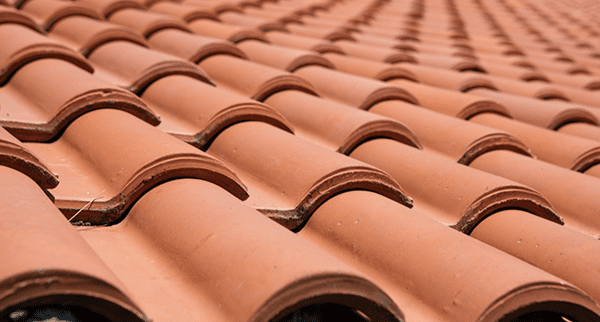
Roofs made of clay tiles are made by shaping clay or pottery and baking them at high temperatures. Though clay tile is aesthetically pleasing, it does have its shortcomings.
The fact that clay tile roofing is very fragile and needs a lot of care is one of its biggest problems. Over time, clay tiles are prone to fracturing and splitting, especially in severe weather like hail and strong winds. These tile repairs can be costly, time-consuming, and labor-intensive. Because clay tiles are so brittle, damage can result even from ordinary maintenance activities such as walking on the roof.
One of the heaviest roofing materials available is clay tile roofing. It is not advisable to use heavy roofing materials. Since some homes are not designed to support a roof that is too heavy, a lightweight roofing material is best because the weight of the roof might eventually put pressure on the house and possibly cause structural problems.
Advantages
- Durability and lifespan: People often say that clay roof tiles can last up to fifty years, which makes them an excellent long-term investment. They also don’t rot, crack, grow mold, or suffer damage from extreme weather or high temperatures, so they require little maintenance.
- Nice aesthetics: Besides being strong, clay roof tiles also look nice and can improve the outside of any house. They come in many colors, shapes, and sizes, so it’s easy to make them fit the style of any building. Additionally, clay roof tiles naturally don’t catch fire, which can make your home safer.
- Easy maintenance: It’s easy to care for clay roof tiles; they don’t need to be fixed or changed often. Additionally, they resist rot, cracking, or damage from extreme weather or temperature changes. This makes them an excellent choice for homeowners who want a stable and long-lasting roofing material.
- Fire-resistant: It is usual for clay roof tiles to not catch fire, making them perfect for homes near wildfires or other natural disasters. As an added safety measure, the material’s fire protection keeps outside heat from getting into your home.
Disadvantages
- Expensive: Clay roof tiles are costly, and you need special tools and skills to install them. The high cost of their materials also makes them an impractical choice for many people on a budget.
- Limited color: Clay roof tiles only come in two colors: natural terracotta and dark brown. This can make it harder to come up with different designs for a house or business building.
- Delicate nature: Some clay roof tiles are very delicate and can break when walked on or put under a lot of pressure. Because of this, it is essential to be careful when installing and maintaining them.
Differences Between Metal and Clay Tiles
Colors
Homeowners have more color options with metal roofs than with clay tiles. There are just more alternatives available with metal roofing than with clay tiles, ranging from earth tones to vibrant reds and blues.
For homeowners who are worried about curb appeal, metal provides a level of flexibility that clay tiles cannot match.
Safety and Speed of Installation
Although clay tiles come in a variety of sizes, the majority are 13″ by 16″. Each metal panel, in comparison, measures three feet across and one foot high.
As a result, metal roofing offers much lower installation labor costs than clay tile roofs. Metal tile panels are also faster to install than clay tiles.
Product Weight
Compared to clay tiles, metal panels weigh significantly less. Metal panels weigh about one pound per square foot, while clay tiles usually weigh between nine and twelve pounds. This weight difference significantly impacts the cost, installation, transportation, and building infrastructure.
Metal roofing panels require significantly less construction infrastructure because they weigh about 90% less than clay tiles.
Resiliency
Roofs made of clay or metal provide homeowners with good durability. However, when exposed to outside forces during storms, clay tiles are more likely to break.
Conclusion
If your budget allows, stone-coated metal roofing is an excellent investment because of its many benefits.
You now know a lot more about these benefits. You can decide if stone-coated metal roofing is the best option for you. Good luck with making your choice, and don’t hesitate to contact us if you have questions.
Frequently Asked Questions
How much does metal roofing cost in 2023?
For a typical-sized roof, metal roofing costs between $8,500 and $68,000, which includes both the supplies and the work. A metal roof may cost more than other types of roofs, but since it can last up to 100 years, it might be worth the extra money in the long run.
How much does a tile roof cost in 2023?
Getting a tile roof can cost anywhere from $15,734 to $55,715. A 2,000-square-foot home usually costs about $24,667 to install a tile roof. The size of your roof and the type of material you choose affect how much a tile roof costs. In general, they charge between $2 and $23 per square foot.
